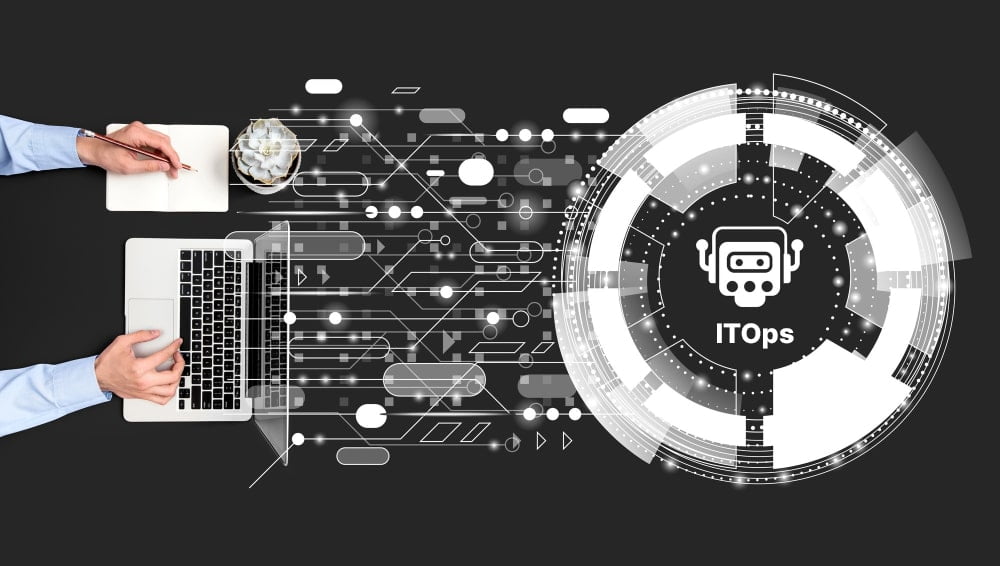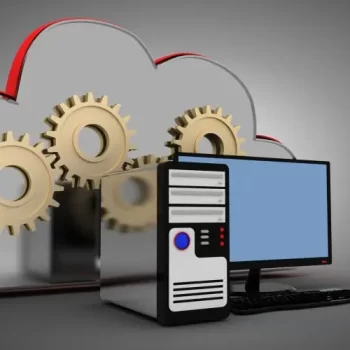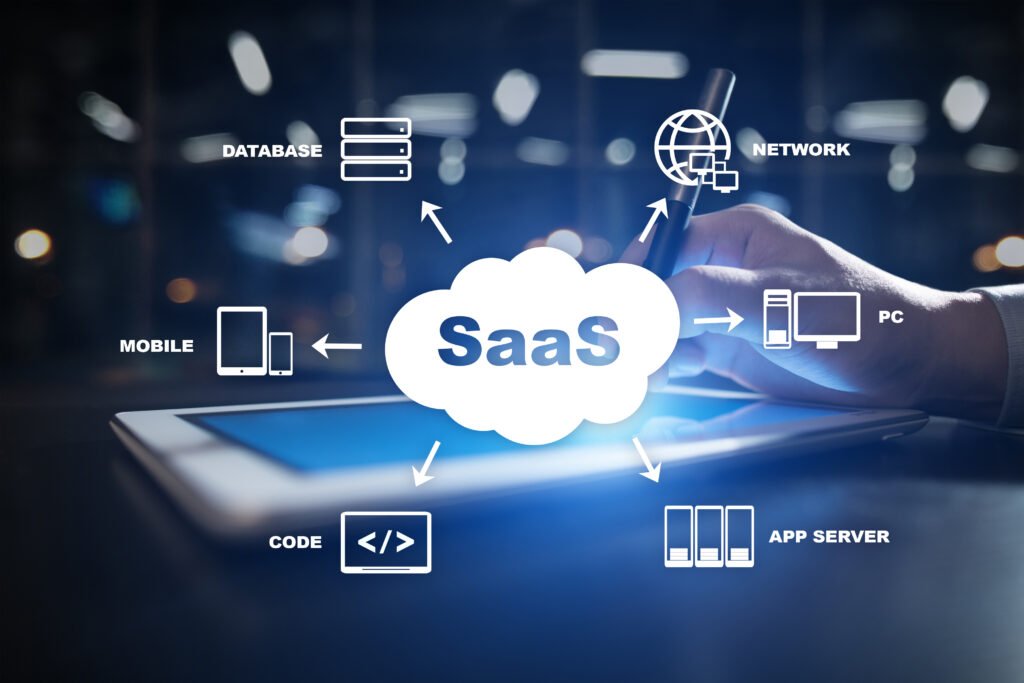As we reflect on the ITOps advancements and challenges of 2025, it’s clear that finding a balanced approach to modernization has taken center stage. This shift is central to the future of operation management, where organizations strive to blend on-premises solutions with cloud technologies to build a cohesive, agile environment capable of meeting the fast-paced demands of the digital era.
Companies have realized that a one-size-fits-all approach to IT infrastructure is no longer viable. Instead, a flexible hybrid strategy that leverages the best of both worlds – the reliability and control of on-premises solutions and the scalability and innovation of cloud services – holds the key to maintaining a competitive edge.
- Customization and flexibility: Hybrid IT strategies are increasingly focused on customization rather than forcing a universal solution.
- Agility in decision-making: The hybrid mindset empowers companies with greater agility in their IT decision-making processes.
- Cost-effective: By combining cloud and on-premises solutions, it becomes easier to optimize IT expenditures and invest in what makes the most sense.
- Enhanced data management: The hybrid approach helps improve data management strategies, with sensitive data securely stored on-premises and less critical data leveraging the cloud’s scalability.
Related blog: Adapting to Remote Work: The Future of MSPs in a Decentralized Workforce
Cloud migration: A dual pathway to success
One of the most notable trends in ITOps has been the shift in data storage preferences. The cloud has increasingly become a popular choice, with newer companies opting to build their infrastructures in this virtual environment from the get-go. However, this trend is not one-directional. We are witnessing a phenomenon of reverse cloud migration, acknowledging that the cloud environment is not universally ideal for all applications and data types.
This recognition is leading to a state of hybrid cloud equilibrium, where an equal trend toward on-premises data center construction balances the movement toward cloud solutions. This balanced approach allows companies to customize their infrastructure to their specific needs and constraints.
Cybersecurity, risk & governance: The rise of next-gen technologies
As digital transformations accelerate, so do the complexities of cybersecurity threats. Modern ITOps must incorporate advanced threat intelligence and analytics solutions. These next-generation tools are not limited to log analytics but extend their capabilities to various data modalities and AI types.
This comprehensive approach offers deeper, more accurate, and automated threat analysis, crucial for combating increasingly sophisticated cyber threats.
AIOps with Gen AI: Maximizing ITOps power
The rapid pace of change in DevOps has made it imperative for IT operations to evolve. The budgetary constraints faced by companies make it impractical to proportionally increase staff to meet these demands. Here, Artificial Intelligence for IT Operations (AIOps), fueled by the rise of Gen AI, presents a groundbreaking solution. AIOps integrates data and context from diverse monitoring tools, offering a unified view of service health.
This integration enables teams to proactively address issues, reducing downtime. By employing Gen AI, it becomes possible to efficiently correlate disparate signals, minimize noise, and pinpoint root causes, streamlining the troubleshooting process and reducing the need for extensive manual involvement. Let’s quickly run through some of the key benefits of Gen AI-powered AIOps in critical functions:
- Providing real-time analytics and predictive maintenance to optimize the use of IT assets, anticipate hardware and software issues, and automate the lifecycle management
- Automating routine processes and offering deep insights into service performance, including self-healing capabilities, incident prevention, etc.
- Enabling faster and more accurate issue resolution through AI-driven chatbots and virtual assistants, reducing the workload on human agents
- Offering advanced analytics for network performance, predicting potential network failures, and suggesting optimization strategies for high network availability and performance
Related blog: 5 technology trends that ITOps managers and leaders should watch out for in 2024
Final thoughts
As 2025 unfolds, ITOps is undergoing a substantial and practical transformation. This transformation is deeply rooted in how companies approach technology management and deployment, with a clear emphasis on practicality. They are now putting a stronger emphasis on smartly leveraging their technology investments to achieve more tangible results. There is also an increased focus on data-driven decision-making in ITOps. Companies are using analytics and machine learning to gain deeper insights into their operations.
The overall goal, of course, is to enhance the efficiency and responsiveness of IT systems while maintaining a secure environment.
Overall, 2025 is definitely shaping up to be a significant year for ITOps professionals!



















